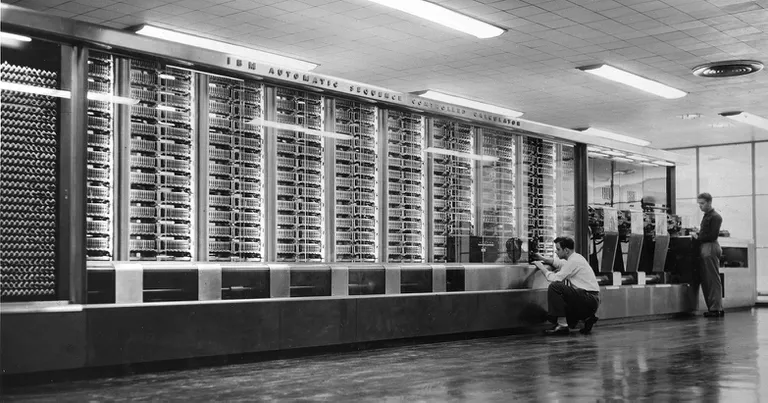History of Information Technology and 4 ages of Technology
Introduction
There are four main eras in the development of information technology.
- Pre Mechanical
- Mechanical
- Electro Mechanical
- Electronic
The only era that has had a significant impact on humans so far is the electronic age, along with some elements of the electromechanical age.
Ages
Pre-Mechanical age.
3000 B.C. to 1450 A.D.
People initially made an effort to communicate through language or through crude graphic images known as Petroglyths, which were primarily carved in rock.
Later alphabets were developed, including the Phoenician alphabet.
Pens and paper started to emerge as the use of alphabets and writing down information increased.
Wet clay was initially used only for markings, but later, paper was made from the papyrus plant. The Chinese, who produced paper from rags, arguably produced the most widely used type of paper. People needed a mechanism to permanently store all the information they were now writing down.
Following that, the first books and libraries are created. Egyptian scrolls were popular ways to record and save information. Some people were actually binding paper into book-like structures.
The first numbering systems were also developed during this time period. People from India invented the first 1-9 system around 100 A.D.
Later, in 875 A.D., number 0 was invented, and once all numbers had been created, people wanted to do something with them, so calculators were invented. A calculator was the first sign of an information processor. At the time, the abacus was a popular model.
Mechanical Age.
1450 to 1840.
As interest in this field grows, many new technologies are being developed.
The slide rule, a type of analogue computer used for multiplying and dividing numbers, was invented.
The Pascaline, a popular mechanical computer, was invented by Blaise Pascal.
Charles Babbage invented the difference engine, which tabulated polynomial equations using the method of finite differences.
The size of the machines invented during this time period was enormous in terms of the power behind them; it may appear absurd, but these inventions were enormous to the people who lived at the time.
Electromechanical Age
1840 A.D. to 1940 A.D.
These are the early days of communication. In the early 1800s, the telegraph was invented. Samuel Morse invented Morse code in 1835. Alexander Graham Bell invented the telephone in 1876. Guglielmo Marconi invented the first radio in 1894. All of these were extremely important emerging technologies that led to significant advances in the field of information technology.
The Harvard University Mark 1 was the first large-scale automatic digital computer in the United States, built around 1940. This computer stood 8 feet tall, 50 feet long, and 2 feet wide, and weighed five tons. Punch cards were used to program it. It was from large machines like this that people began to consider downsizing all of the parts, first for use by businesses and finally for use in your own home.
Electronic Age
1940- Until Now.
The ENIAC was the first high-speed, digital computer that could be reprogrammed to solve any computing problem. This computer was created for the US Army to use for artillery firing tables. This machine was even larger than the Mark 1, occupying 680 square feet and weighing 30 tonnes. It calculated primarily using vacuum tubes.
The four primary categories of computing are described here.
The first was the time of punch cards and vacuum tubes, such as the ENIAC and Mark 1.
Transistors and magnetic tape took the place of vacuum tubes and punch cards in the second generation, respectively.
High-level programming languages like FORTRAN and COBOL were also developed during this time.
Until the third generation of integrated circuits, every computer used magnetic tape.
Around this time, the real operating system and the sophisticated programming language BASIC appeared.
The fourth and most recent iteration included CPUs that combined logic, control, and memory circuits onto a single chip. The creation of the personal computer (Apple II). Additionally, the graphical user interface (GUI) was created.

